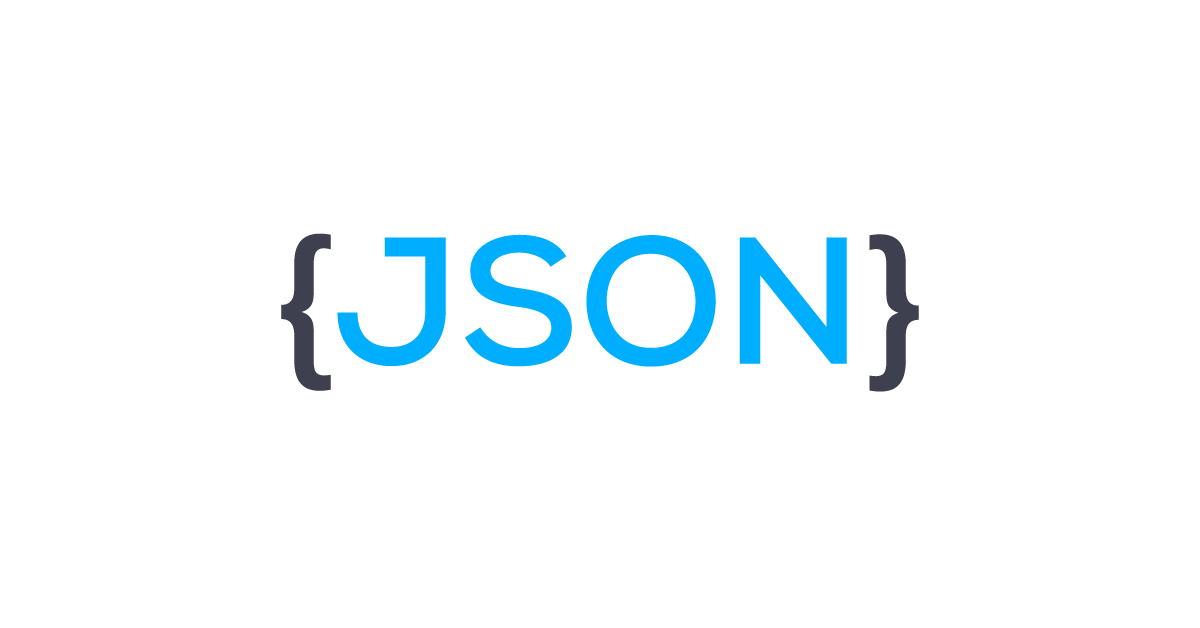Introduction to JSON
JSON (JavaScript Object Notation) is a lightweight data interchange format widely used for data transmission between a server and a web application. It is human-readable and easy for both humans and machines to understand. In this tutorial, we’ll cover the basics of JSON, including its syntax and common use cases.
What is JSON?
JSON is a text-based data format derived from JavaScript’s object notation syntax. It is often used to transmit data between a server and a web application, but it can also be used for configuration files, APIs, and more. JSON is language-independent, making it compatible with various programming languages.
JSON Syntax
JSON data is organized into key-value pairs, similar to objects in JavaScript. Let’s explore the basic syntax of JSON:
{
"key1": "value1",
"key2": "value2",
"key3": {
"nestedKey1": "nestedValue1",
"nestedKey2": "nestedValue2"
},
"key4": ["arrayValue1", "arrayValue2"]
}- JSON data is enclosed within curly braces
{}. - Key-value pairs are separated by colons
:. - Key-value pairs are separated by commas
,. - Keys and string values are enclosed in double quotes
"". - Values can be strings, numbers, objects, arrays, booleans, or null.
JSON Examples
Example 1: Simple JSON Object
{
"name": "John Doe",
"age": 30,
"city": "New York"
}Example 2: Nested JSON Object
{
"name": "Alice",
"address": {
"city": "Los Angeles",
"zipcode": "90001"
}
}Example 3: JSON Array
{
"students": [
{
"name": "Bob",
"age": 25
},
{
"name": "Emily",
"age": 22
}
]
}Using JSON in JavaScript
JSON is native to JavaScript, making it easy to work with. You can parse JSON strings into JavaScript objects and stringify JavaScript objects into JSON strings.
Parsing JSON
const jsonString = '{"name": "Alice", "age": 30}';
const jsonObj = JSON.parse(jsonString);
console.log(jsonObj.name); // Output: AliceStringifying JavaScript Object to JSON
const obj = { name: "Bob", age: 25 };
const jsonString = JSON.stringify(obj);
console.log(jsonString); // Output: {"name":"Bob","age":25}Conclusion
Congratulations! You’ve learned the basics of JSON, including its syntax and usage. JSON’s simplicity and versatility make it a popular choice for data interchange in web development. Practice creating and manipulating JSON data to solidify your understanding.


